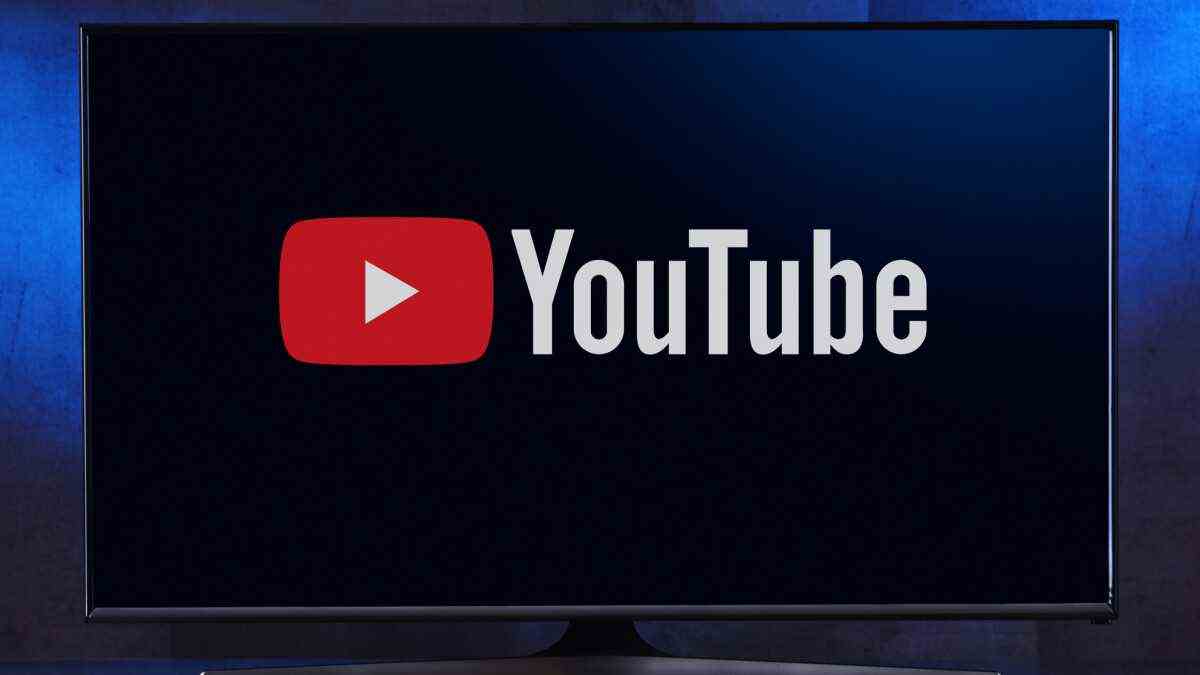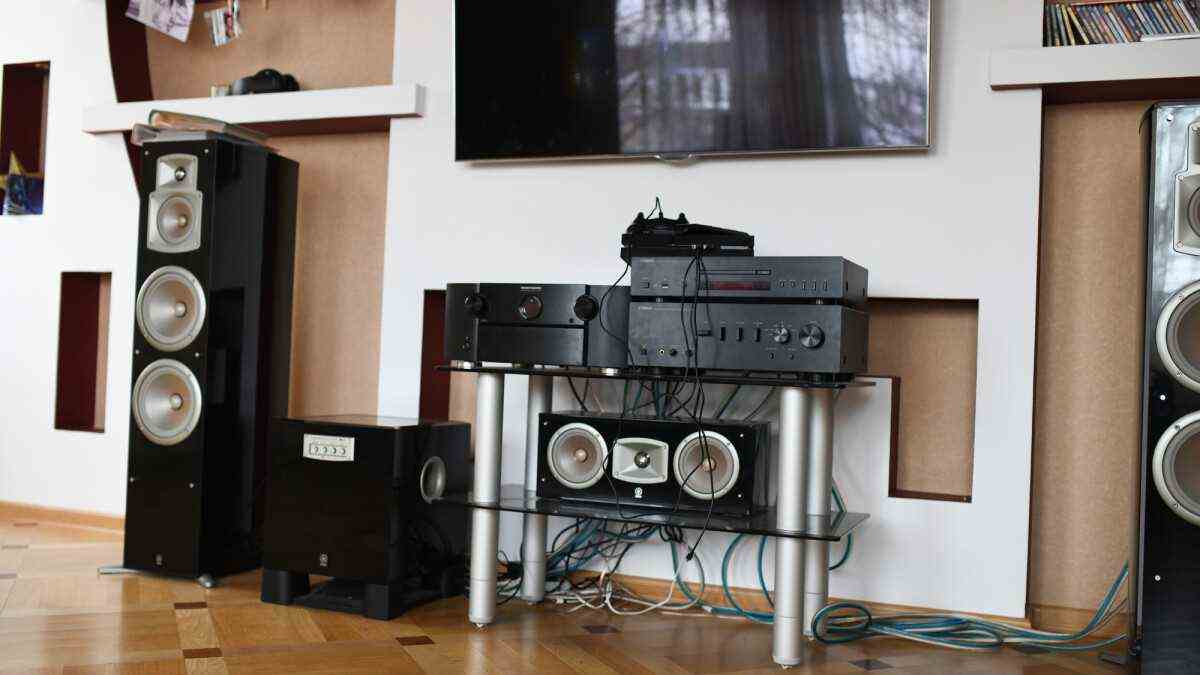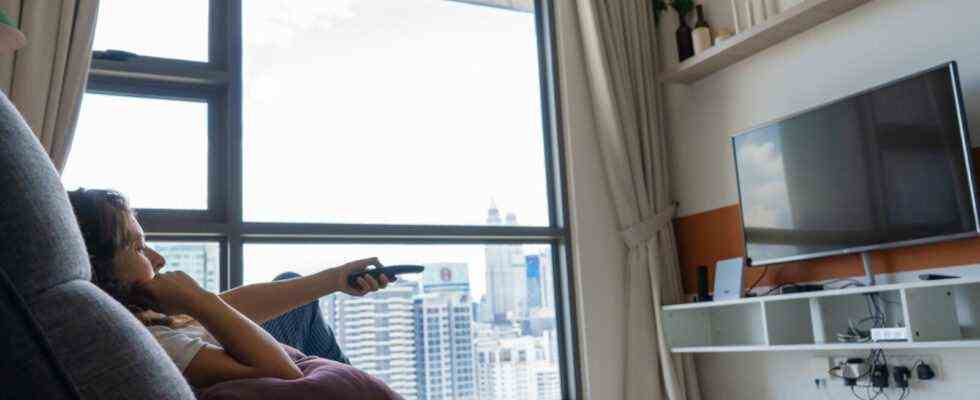Whether HDMI connection without picture and sound or other problems with a cable or wireless connection between PC and TV, these tricks will help you to solve the problem.
Most problems connecting your PC and TV can be fixed in a few simple steps. (Source: depositphotos.com / Kukota)
Whether your PC and Smart TV Connected wirelessly or with an HDMI cable, both ultimately serve to transfer the picture and sound from one device (e.g. laptop) to the other device (e.g. smart TV). It’s only annoying when there are picture and sound problems.
They can be varied: Sometimes you only see a black screen despite a correct connection on the receiving device, sometimes the image flickers, sometimes the resolution is problematic. But users who want to connect their PC to the TV also report missing or creaking sound.
The most important adapters for televisions
These TV adapters are the ideal solution for connecting old consoles such as the Wii, headphones, DVD players, WiFi sources and other devices to the TV.
Most of these problems have very simple causes and you can correct them in a matter of minutes. At this point we have listed several solutions for picture and sound problems with connections between PC and television.
Image problems
Do you have problems with the image on the receiving device? Whether black screen, poorly resolved image or wrong image format, you can try the following tricks.
The screen shows a black screen or “no signal”
If the receiving device displays a black screen and does not even recognize the connected device, this may be due to problems with HDMI reception. Accordingly, this problem occurs especially with connections HDMI and other cable connections on.
First you should check that all connections are properly plugged in. It is possible that a cable has a loose connection, and cable breaks can also be responsible for the problem. Try briefly unplugging the cable and then plugging it in again. You may already solve the problem in this way.

There are a few things you should pay attention to so that your television receives the signal and no black screen appears. (Source: depositphotos.com / monticello)
Switching the connected devices on and off can also help. Shut down the computer briefly and switch off the television and then switch both devices on again.
If that doesn’t work either, see if it does TV was recognized by your PC as a connected device. You can do this in the System settings of your device check. Sometimes you have to select the connected television there again for the image playback.
The same goes for the television. With almost every Smart TV you have to select the connection whose incoming signal should be displayed on the screen (e.g. HDMI 1, HDMI 2, AV, etc.). This is usually done using a button on your remote control. You can find information on this in the instructions for your device.
The picture is poorly resolved and pixelated
Resolution problems can result in both a black image and a poorly resolved image. This problem arises when the PC and TV use different resolutions and one of the devices does not support the resolution of the other.
Fortunately, you can access the Display settings the resolution of the PC screen adapt (on Windows: left-click on an empty space on the desktop). The image signal that is sent to the television is also adapted to the selected resolution.
The recommended standard setting, which should actually work on every smart TV, is 1,920×1,080 pixels. Otherwise, you may have to try a few resolutions until the image is displayed properly. Sometimes one also helps Change the refresh rate.

Wireless connections only work properly if there are no interfering devices in the vicinity or obstacles between the PC and TV. (Source: depositphotos.com / oasisamuel)
This problem can again be related to defects in the connecting devices or cables, but it can also result from connection problems. Especially with wireless connections via WLAN, you should make sure that the signal can be transmitted properly.
If there are thick walls or electronic devices between the PC and the TV that could interfere with WiFi signals, you should remove the obstacles if necessary. You can also achieve a more stable connection through one DLAN adapter or a direct LAN connection.
The image is cut off at the edges
Sometimes the picture is transmitted from the PC to the television without interference, but the edges of the screen are cut off unsightly at the top and bottom or left and right. Here you can usually try to adjust the screen format by pressing a button on the television.
Sound problems
Although the picture is transmitted from your PC to the receiving device, do you hear no or only choppy sound? This can have various causes, but most of them you can easily get rid of.
TV does not output any sound
For example, it may be because your television did not recognize the PC as an output device for sound. To check this, you can go to the “Sound” setting switch. For this option you press with the right mouse button on Windows in the lower right corner of the system tray on the loudspeaker symbol.
Windows 10: fix sound problems – here’s how
When Windows 10 suddenly falls silent, some users sometimes start a tedious search for the causes. We’ll show you how you can isolate and solve sound problems under Windows.
The device for the sound output is now displayed in the “Sound” tab. Click on it to select a different output device from a submenu. With a click on “Manage audio devices” you can also view devices that are currently deactivated in the submenu that follows.
In any case, your television should be visible here, provided everything is connected correctly. Make sure that your television is marked as an active output device.
A detailed adjustment of the sound is possible by right-clicking on the loudspeaker symbol in the lower right corner of the desktop and then clicking on “Sounds”. In the tab “Playback” you can make changes by right-clicking on the respective output device.

If you connect your PC and TV with a VGA cable and adapter, you usually have to let the sound run separately via a sound system, for example. (Source: depositphotos.com / [email protected])
The problem can also have far simpler causes. Defective cables and connections or hardware problems can also be the reason for the lack of sound. Make sure you check whether you have just set the sound on your PC or television to “silent”.
Obsolete driver can also cause audio problems. So make sure that your PC has the latest audio drivers. Like you, for example Update your driver on Windows 10 PCs, you can find out in the linked article.
The TV has sound dropouts or faltering sound
The main causes for this are usually faulty drivers or defects in cable connections, the PC or the television. For example, when connecting via an HDMI cable, the weight of the cable can cause the connections to slowly slip out of the connection sockets or even damage them.
As a result, the cable is no longer properly plugged into the connection socket and there are repeated short interruptions in the connection. If the socket and cable themselves are not bent yet, you can remedy this by supporting the cable on the socket so that it sits straight and securely.
Sound and video stuttering on a wireless connection can be caused by a poor internet connection. We deliver them to you Solutions to the most common problems with your network.
” Tip: The best VPN providers for more security and data protection

